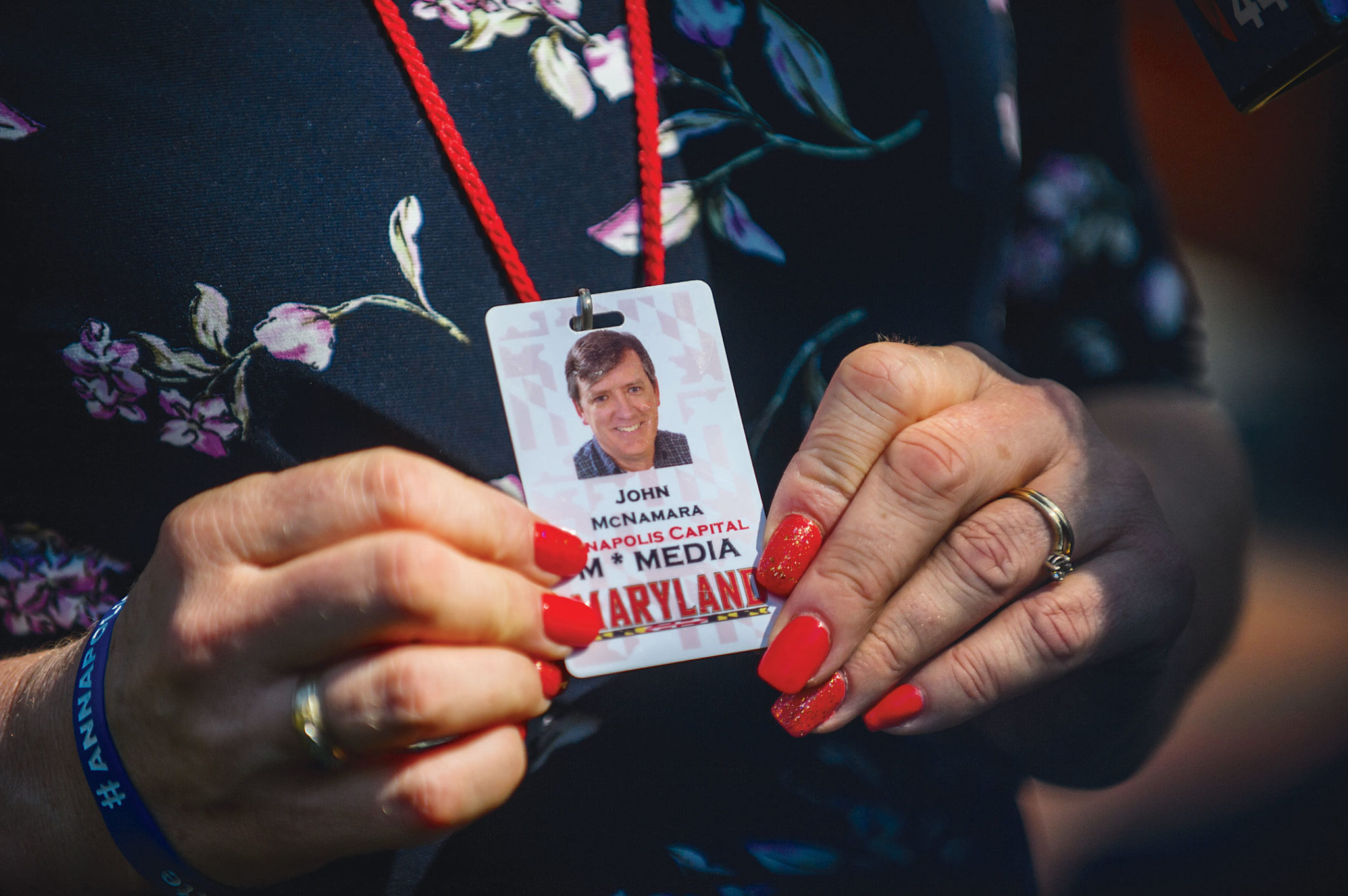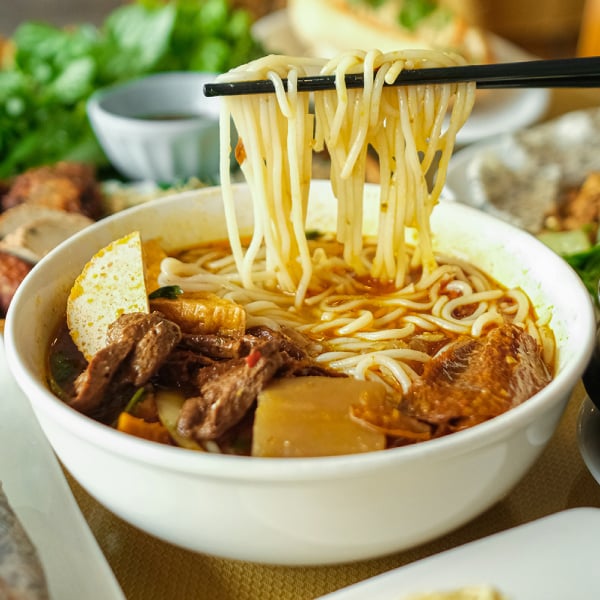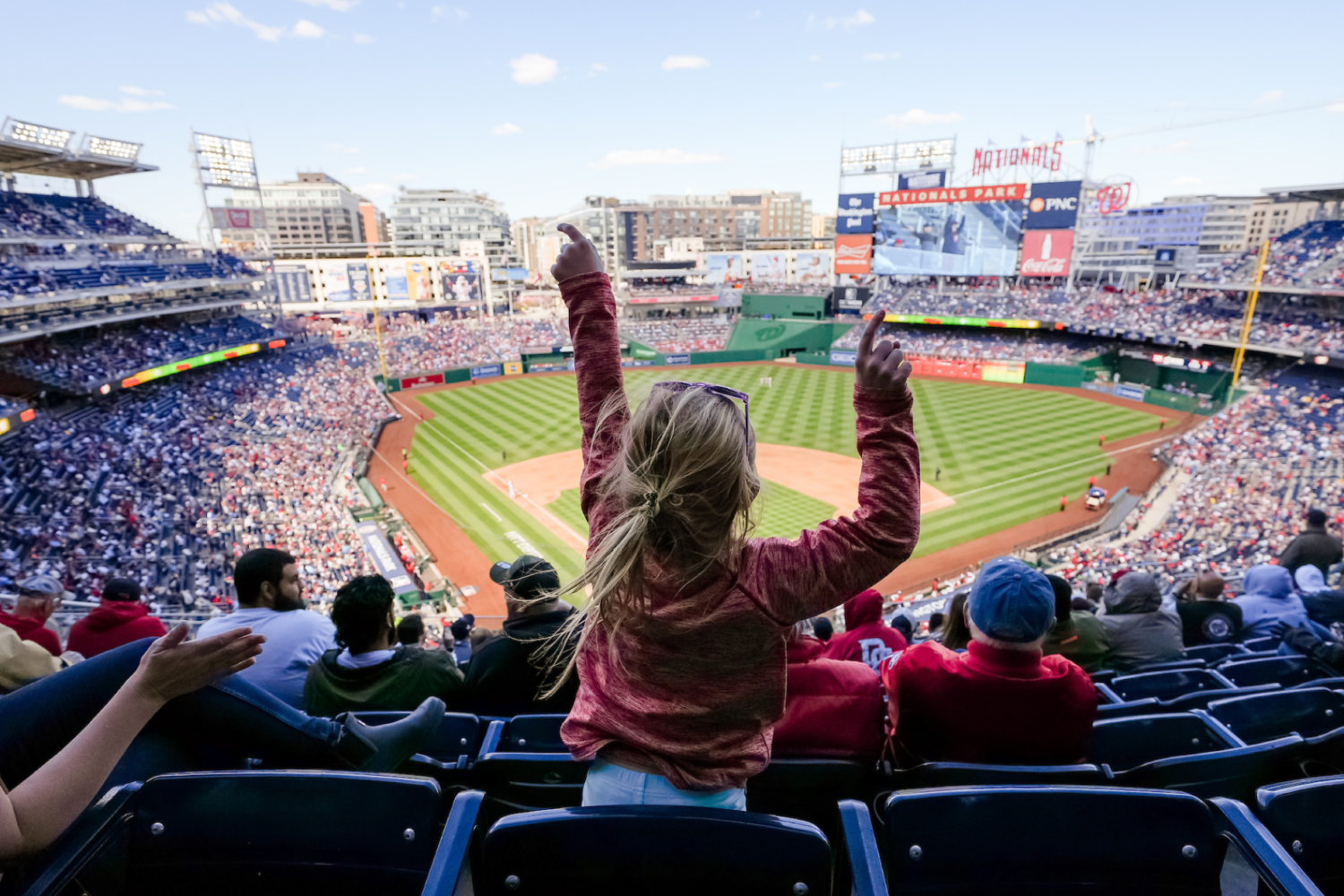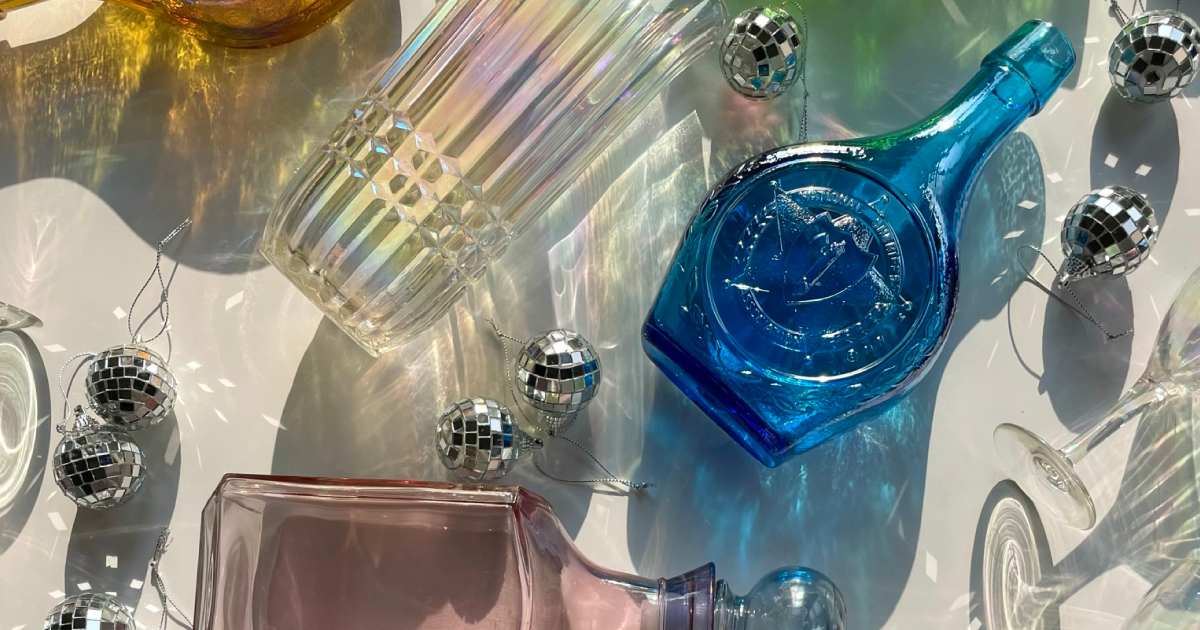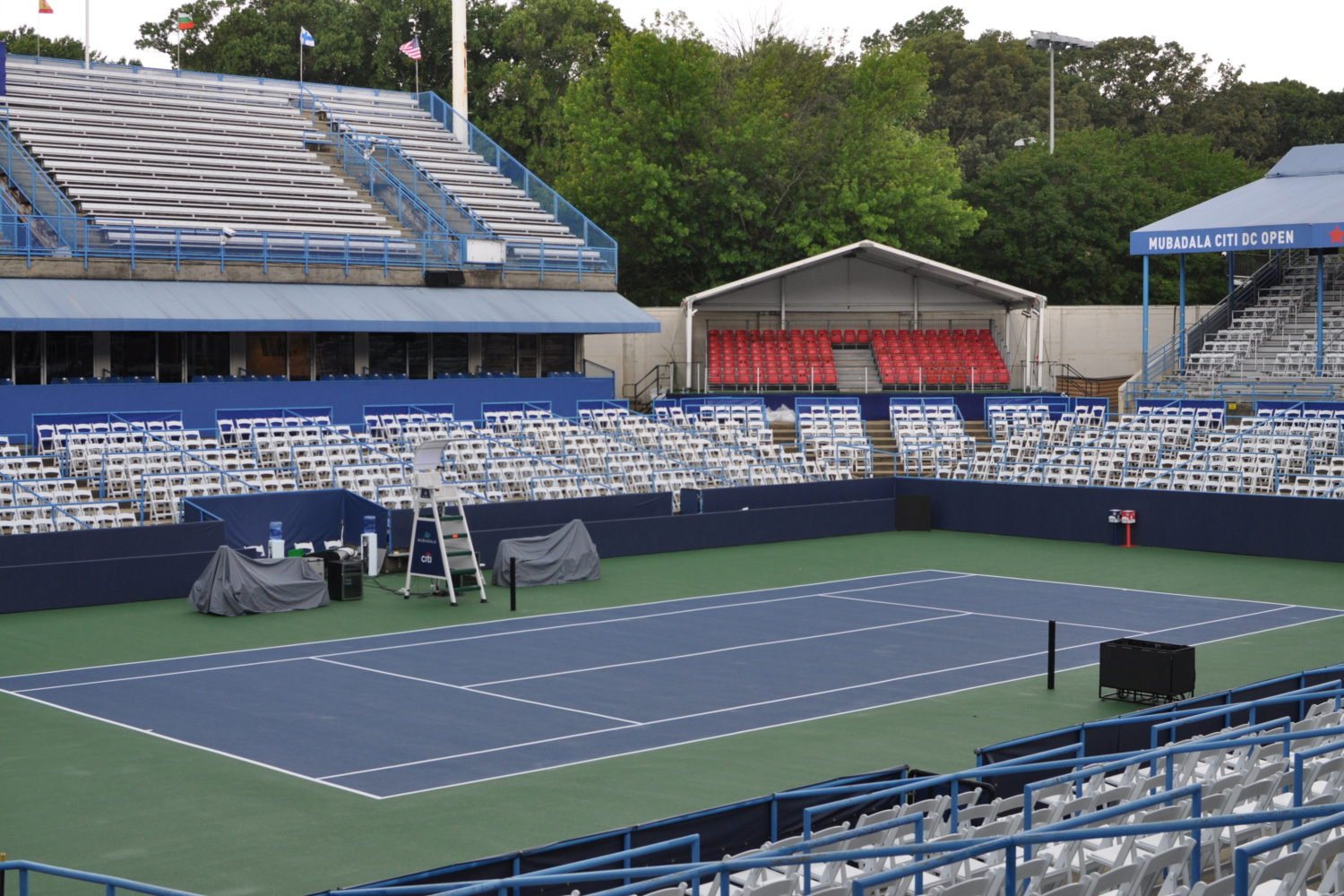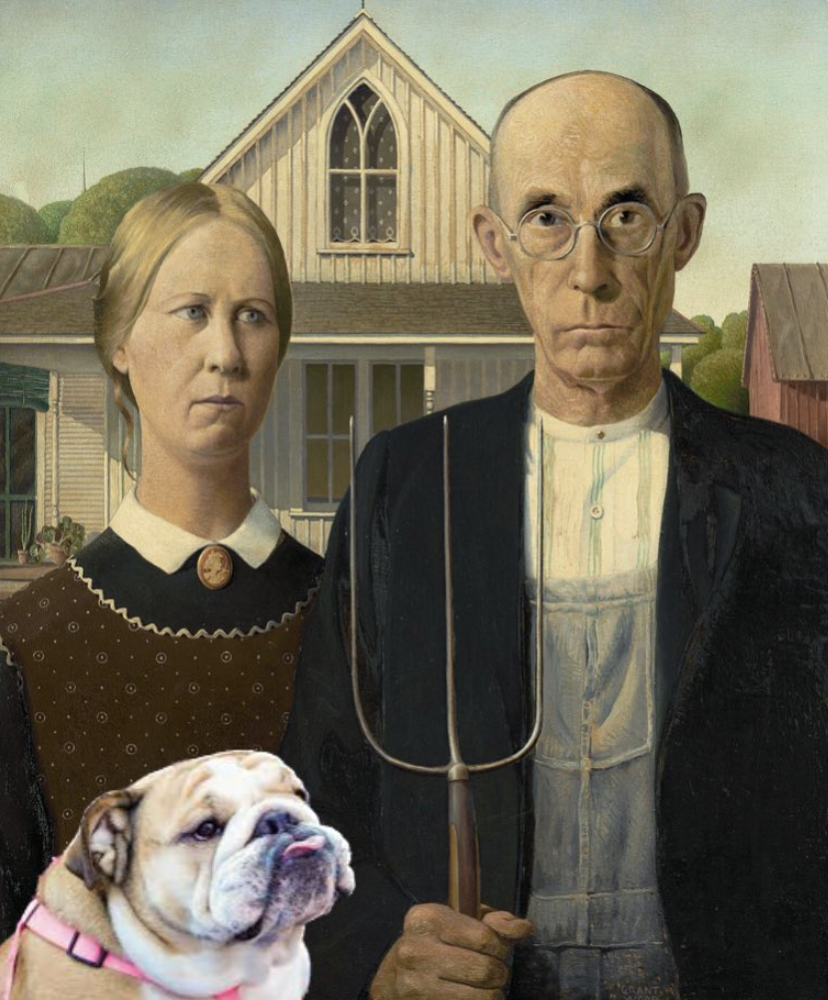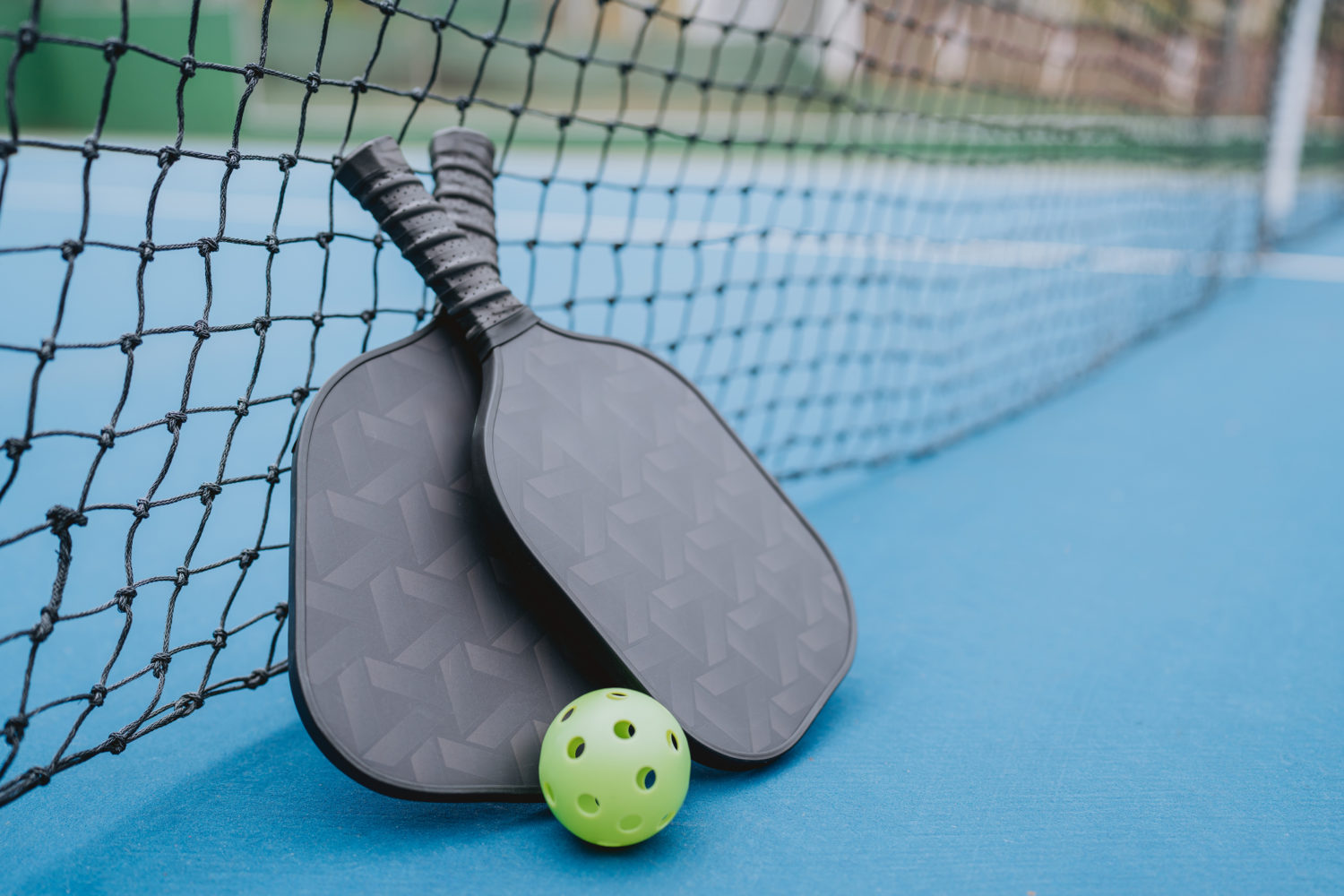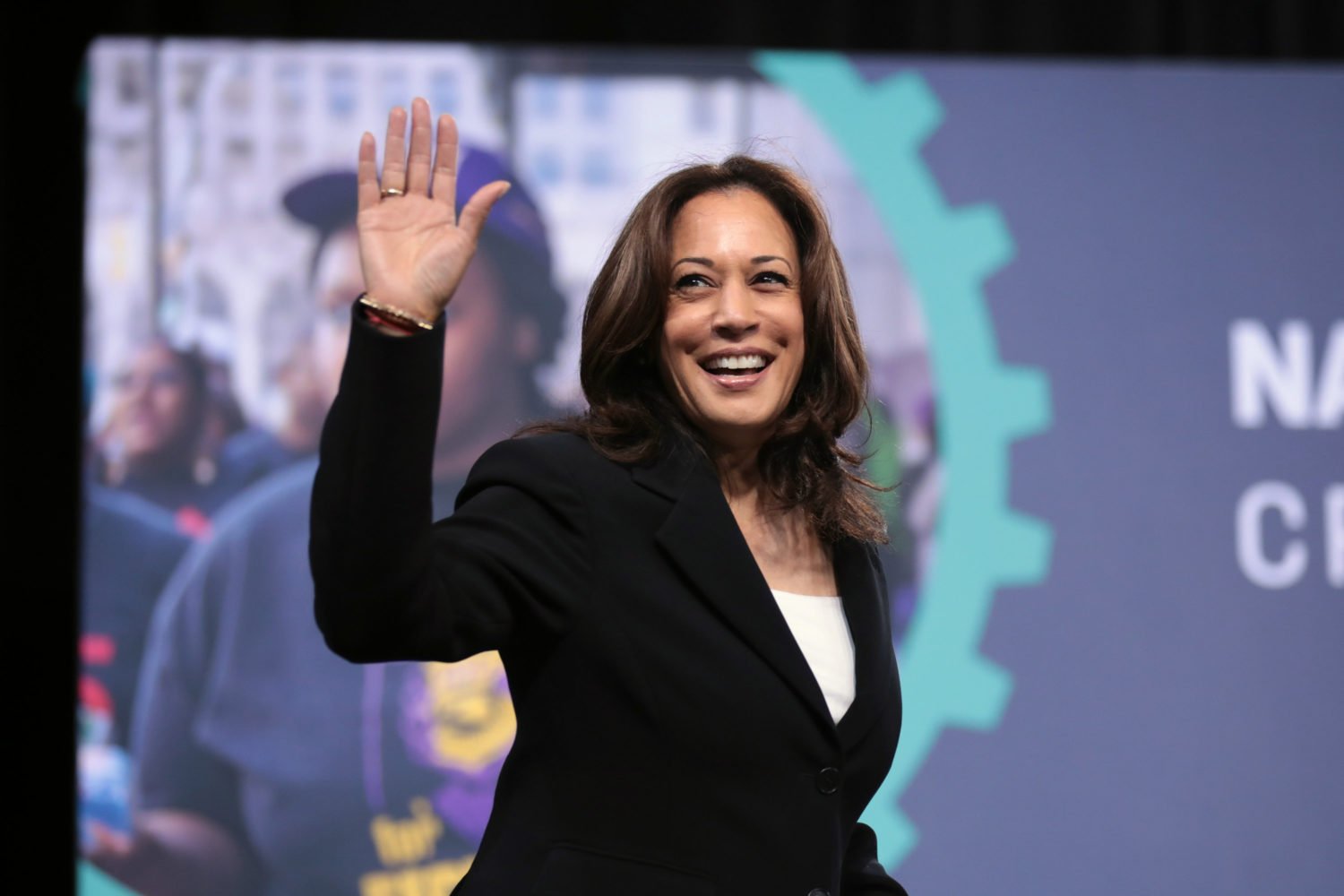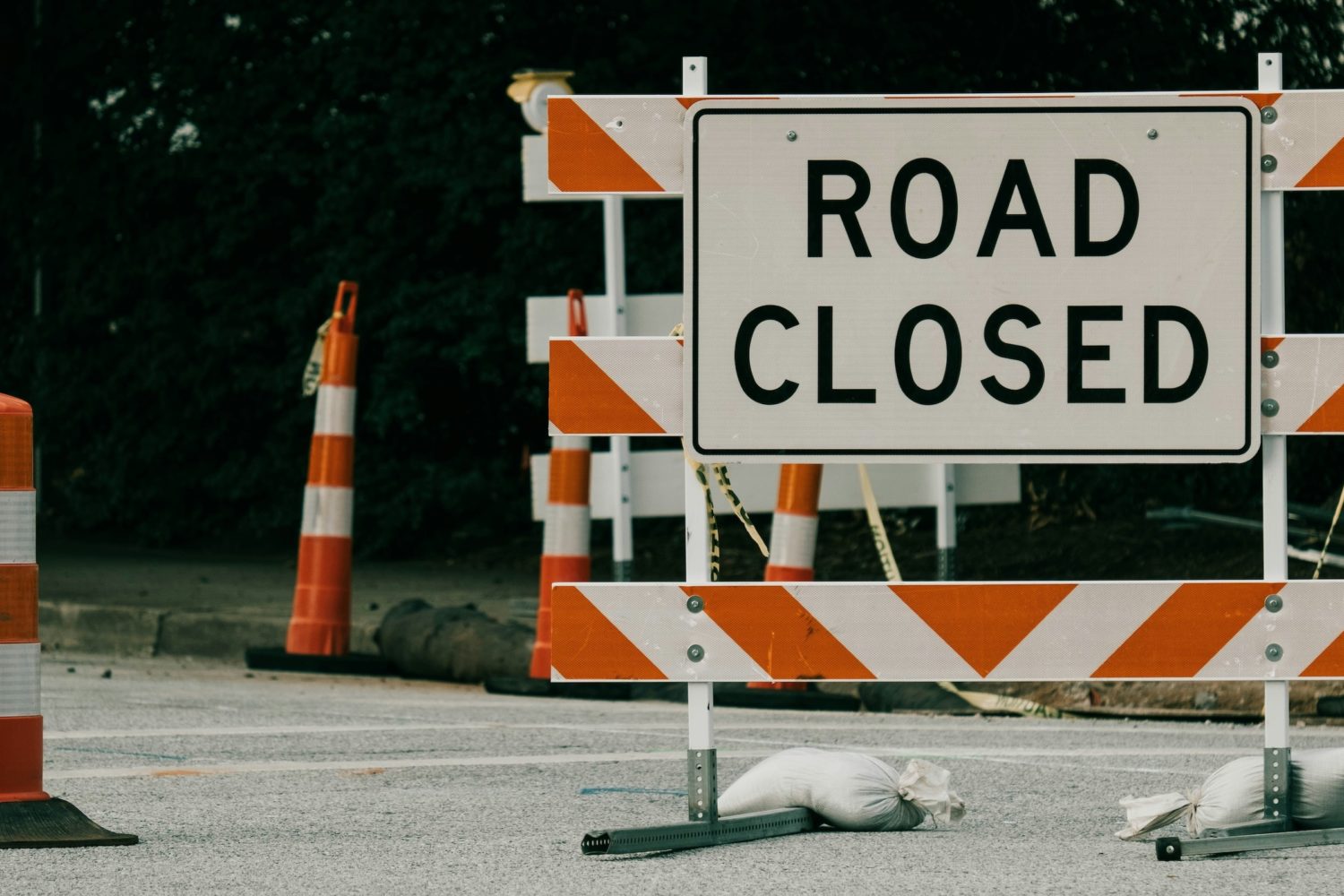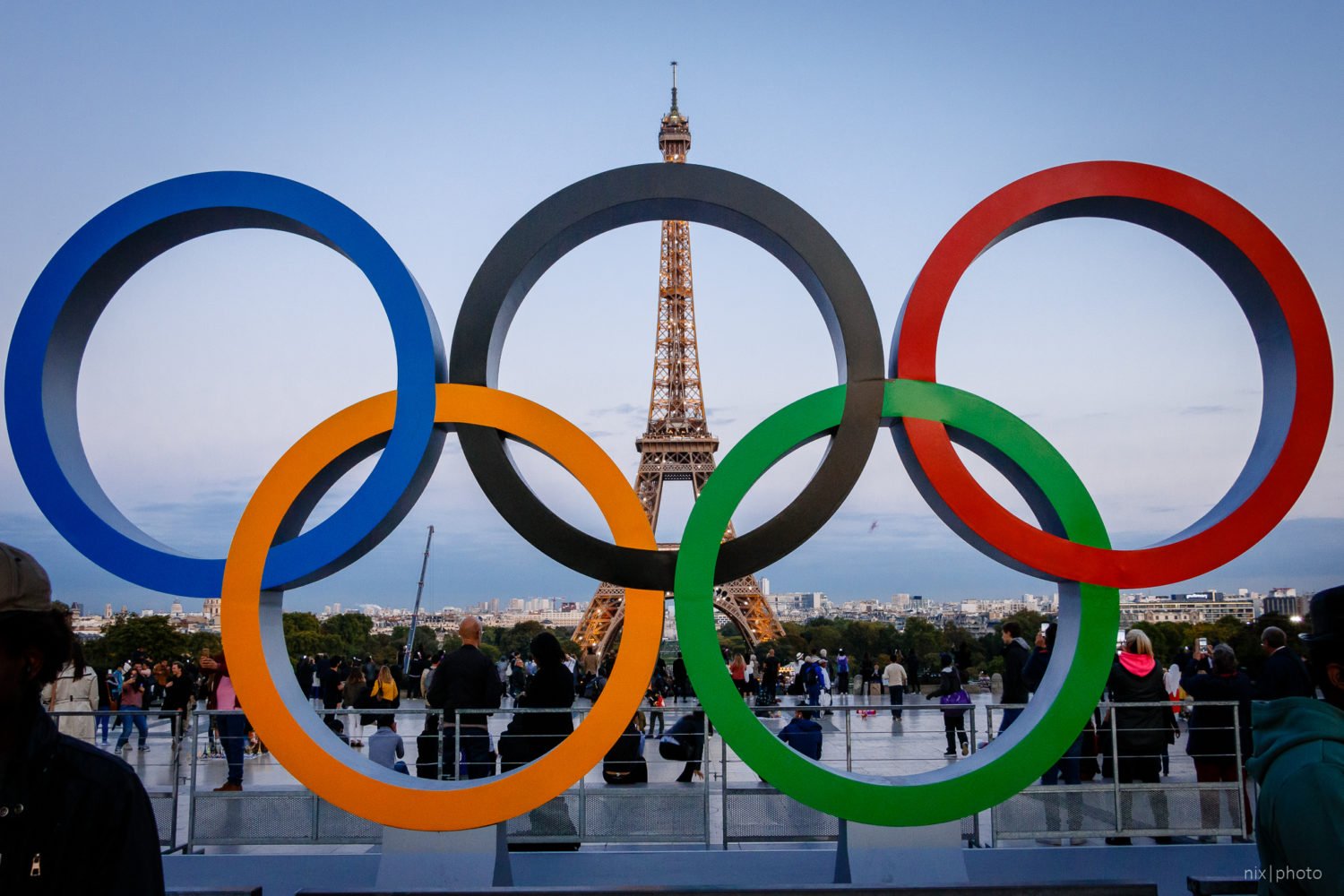For more than a decade, John McNamara worked on a book that was to cover the last century of DC-area high-school basketball. A longtime sportswriter for Annapolis’s Capital Gazette, he had gotten serious about the project after renowned Archbishop Carroll coach Bob Dwyer passed away in 2007; he realized that the window was closing to interview the aging pioneers of local hoops. McNamara—who lived in Silver Spring with his wife, Andrea Chamblee—began meeting with coaches, players, and sports reporters several nights a week, talking to sources after long days in the newsroom.
Though McNamara had recently moved off the sports desk to edit the paper’s Bowie Blade-News publication, he was still one of the area’s most trusted basketball historians, covering Washington high-school hoops since the 1980s for a string of papers around the region. By 2018, he was pretty far along with the book, having completed about 150 interviews, compiled scores of vintage images, and finished most of the writing.
On June 28, 2018, McNamara was murdered in the mass shooting at the Capital Gazette office, along with four colleagues. In the grueling days after her husband’s memorial service, Chamblee wandered aimlessly around their home, searching for a purpose. Then she remembered the near-completed book.
She didn’t really know what was there—McNamara didn’t like to show her his writing until it was done—but even before digging through the computer files and notes, she decided to honor his memory by finishing the project, which he’d titled The Capital of Basketball. “This was my last chance to show John how much he meant to me,” she says. “I couldn’t afford to fail.”
Fortunately, Chamblee knew the subject matter. A lifelong sports fan, she had met McNamara when they both attended the University of Maryland—she went to every men’s basketball and football home game, while he covered them for the student paper. The only difficulty turned out to be figuring out who was in all the photos. “John didn’t need any stinking captions,” she says. “He knew who it was, what year it was, what game it was, and probably how many points they scored.”
To get some help, she got in touch with David Elfin, her husband’s longtime friend and coauthor of the 2001 book Cole Classics: Maryland Basketball’s Leading Men and Moments, about the history of Maryland’s basketball arena. Together, they turned McNamara’s efforts into a finished, publishable work. Former Maryland coach Gary Williams agreed to write the foreword. Friends asked Chamblee if she could feel her husband’s presence while sifting through all the material. “No,” she says she told them. “I felt like he was really absent, because I wanted to say: ‘John, tell me who’s in this picture.’ ”
More than a year after Chamblee pulled out those boxes, the completed book is being published by Georgetown University Press. It’s more than just a memorial to a much-missed local journalist. Packed with accounts of classic games and recollections from the people who lived the history, the book is a necessary chronicle of Washington’s significant influence on the game of basketball—from the first reported-on high-school contest played at Central High (now Cardozo) in 1900 through the last seasons of the 1990s, when DeMatha had long been dominant.
The book details how, at the turn of the 20th century, traveling circus man and phys-ed teacher Maurice Joyce moved to DC and brought the young game with him. Joyce taught “basket ball” to infantrymen in the local militia but changed the structure from nine-man teams to five, a rule later implemented nationwide. Simultaneously, Edwin Bancroft (E.B.) Henderson, a Howard-educated writer and activist, introduced the budding sport to DC’s black students, who innovated a quicker version of the game “with a distinctive style featuring speed, crisp passes, and relentless defense,” as McNamara writes. Basketball had been born in Springfield, Massachusetts, he adds, “but it was adopted and raised in Washington.”
The Capital of Basketball fills a real hole in the scholarship of local sports, including how the city’s history of segregation affected the game’s evolution. Most hoop heads can point to Earl Lloyd, an Alexandria native and the first black athlete to play an NBA game. But few realize that in the pre–Brown v. Board of Education days of segregated playgrounds, arenas, and leagues, only white players received attention from the local press and college recruiters.
Even stars such as Elgin Baylor, now considered one of the area’s greatest-ever players, were largely overlooked. Baylor, who grew up near the Capitol, averaged 36 points a game for Spingarn High before embarking on a Hall of Fame career with the Los Angeles Lakers. Other black players weren’t so fortunate, as McNamara’s book documents. Armstrong high school’s “One-Armed Bandit,” Gary Mays, for instance, never got his big break, despite being the only local player to shut Baylor down in high-school competition.
This was my last chance to show John how much he meant to me. I couldn’t afford to fail.
The Capital of Basketball also extensively chronicles the 1970s, ’80s, and ’90s, when the District and Prince George’s County became key feeders for NBA talent. Ask around and local sports geeks will claim that Washington has generated more NBA players, more Hall-of-Famers even, than any other city in the world. How many, exactly, is hard to pin down. As local sportswriter Rick Snider says, “That would have been a good question for John.”
On November 3, some of the book’s key figures are expected to join Chamblee for an event at Politics and Prose. It’s sure to be an emotional gathering. But in addition to honoring the author’s memory, the reading will serve as a reminder that this history matters and deserves to be preserved. “Washington has always been a basketball town, despite everyone calling it a football town,” says Snider, a friend of McNamara’s. “John really captured that.”
For Chamblee, that’s the most important thing. “John just kept every promise to me, spoken and unspoken, all those years—he was so devoted,” she says. “I would always tell him, ‘I’m never going to be able to pay you back.’ But now I get to keep a promise to John. It’s the last promise I can keep for him. And it means so much for me to be able to keep it, because it meant so much to him to be remembered as a sportswriter.”
This article appears in the November 2019 issue of Washingtonian.

